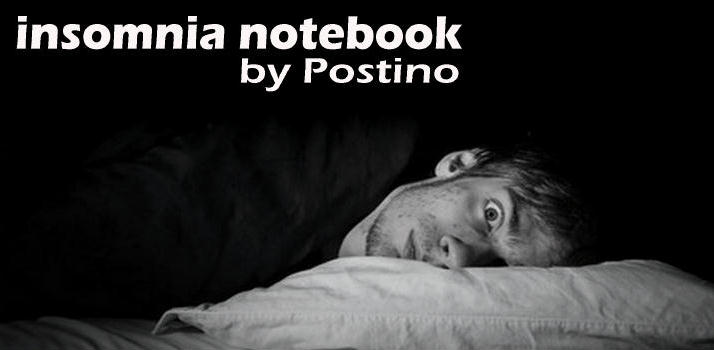Utah has a split personality when it comes to personal health. An article in the February 16, 2014 Salt Lake Tribune claims Utah is one of the states with the healthiest residents. That’s no great surprise. We are like the lyric from an Adam Ant song, “Don't drink, don’t smoke, what do you do?” On the other hand, we have high rates of mental disorders.
According to the copyrighted article, written by Kristen Moulton:
“While both trends have been apparent for years, there’s still no definitive research into why Utahns suffer the highest rate of mental illness while also enjoying relatively good health and well-being.
There are plenty of theories, though, many having to do with cultural influences of the predominant faith [Latter-day Saints/Mormons], a dearth of psychiatrists and inadequate health insurance even while healthy living is prized, and the fact that statistics can be interpreted in differing ways.”
Nationwide I’ve found there is still a dearth of public knowledge about what mental illness is, and many still view it as being a defect in character rather than a brain disorder with an organic cause.
The Tribune article goes on to give at least one other hypothesis for higher-than-average rates of mental illness:
“But one idea continues to gain ground in mental health circles: Mental illness might sometimes be linked to altitude.
The theory places Utah in the wider context of Rocky Mountain states, which generally see the same pattern: high mental illness and suicide but otherwise healthy residents. The region is sometimes called the suicide belt.”
I’ve never been embarrassed to admit I take an anti-depressant, and have for almost twenty years. I trace my major depressive episodes back to six-years-old, and have sometimes thought of my life up until my mid-forties as being at least one serious depressive episode a year. It got worse over the years, when the episodes started coming more frequently. Even though I have clinical depression I don’t think of it as a mental illness. But the health profession, and the folks who provide my medical insurance classify me as a mental case. I see myself as someone with a medical problem, not unlike having diabetes or any number of organic diseases that have to be managed if they cannot be cured. I wish the rest of the public saw it the same way.


No comments:
Post a Comment